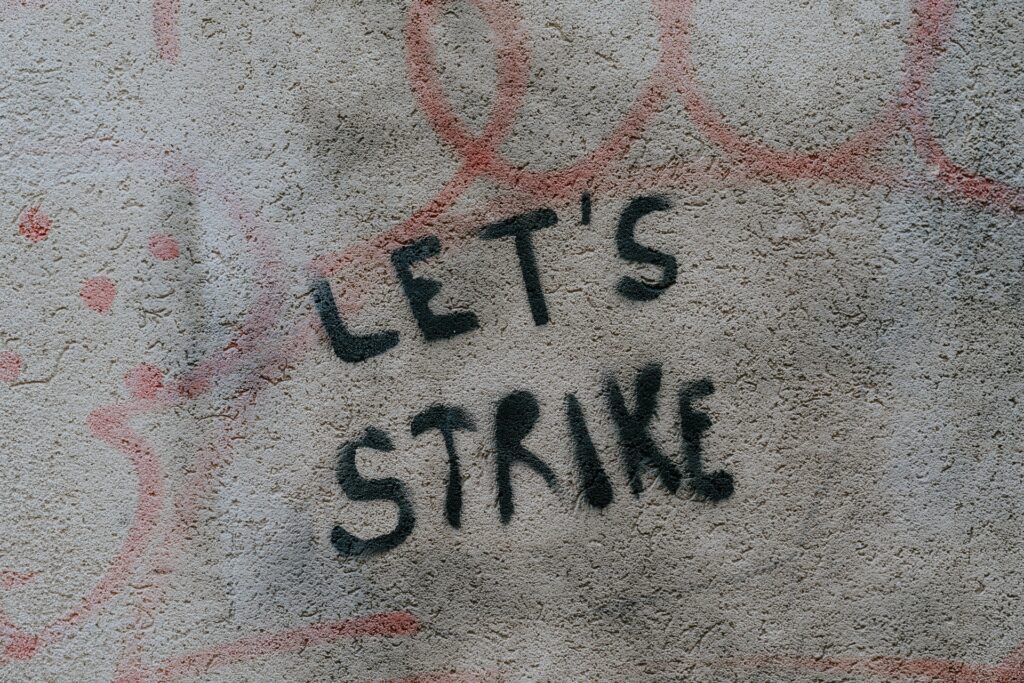
Rental markets are tight, but you have to be a little careful how you interpret it.
One of the interesting and most over-looked features of the property market right now is just how incredibly tight the rental market is.
Everyone focuses on price growth, but rents have been surging. They’re growing at over 9% nationally, and at a phenomenal 12% in the regions.
Wild.
And remember that this is an engine of price growth in and of itself. When the rental returns are growing, investors are just willing and able to pay more for the asset.
And so while you have record low interest rates and massive money printing driving a surge in house prices, you also have a rental boom driving a surge in house prices.
And that’s why price growth has been so incredible this past year or so.
But then you get some interesting feedback loops.
With rents on a tear away, investors who were hovering around the market become desperate to get in, which means they become willing to pay more, and that kicks prices along even more.
The other thing, that the Australian Financial Review picked up on, is that in some suburbs, home buyers are gobbling up the existing rental stock, acerbating the rental crisis:

One in 10 investment properties are being sold in suburbs that are already experiencing low rental supply, further squeezing tenants struggling with surging rents, data from Suburbtrends shows.
Landlords are selling up across 320 suburbs nationwide where vacancy rates have fallen below 1 per cent, as they cash in on the strong buyer demand, said Kent Lardner, director of Suburbtrends.
“Rental properties are being taken out of the rental pool and are not being replaced,” Mr Lardner said.
“Typically, one in three of these ex-investment properties flow back into the rental market, but the worsening affordability has driven first home buyers into more affordable properties, such as rental apartments.
“The more this happens, the fewer properties will likely flow back into the rental pool. Many of the suburbs at the highest risk are in the suburbs or spread across many regional areas.”

“These suburbs can’t afford to lose any rentals because vacancy rates are critically low, yet ex-rentals continue to hit the for-sale market,” Mr Lardner said.
“This will fuel large rises in rents as tenants compete for available rental homes. We’re expecting at least 10 per cent rise each year as a result.”
Ok, we have to be a little careful with analysis like this.
At the national level, it makes no difference. If an investor sells a property to a homebuyer who was previously renting, you have one less house to rent, but you also have one less household looking to rent.
The impact on the rental market nets out at zero.
But that’s at the national level.
And at the suburb level it can have a big impact.
You are hearing stories, particularly in some regional areas, where an influx of buyers is gobbling up rental stock, and existing renters are thrown out in the cold.
Presumably some rental stock has become available somewhere, but it’s not where it’s needed.
So yes, I think this dynamic will drive rental prices higher – and I expect them to keep pushing higher for a number of reasons.
But you need to dig down into specific suburbs to see what’s really going on.
DB.